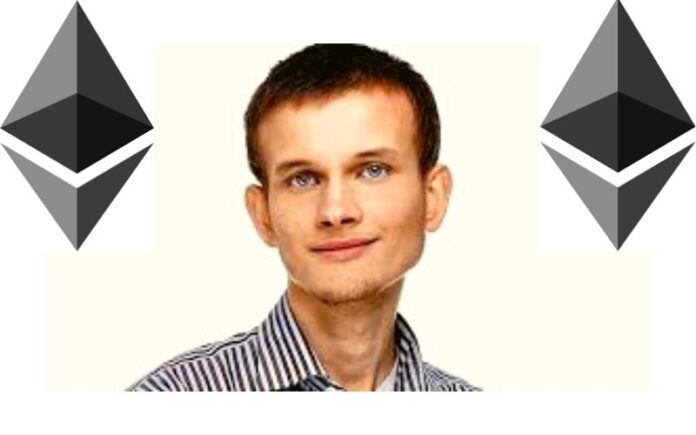Vitalik Buterin, the co-founder of Ethereum has submitted three proposals geared towards adjusting memory gas costs. He asserts that the current memory pricing mechanism has weird dynamics with no clear way to calculate the maximum memory that can be used in a block.
Proposals to Adjust Memory Gas Costs
In a bid to adjust gas costs on the Ethereum network and also proffer short-term scalability solutions, Ethereum co-founder Vitalik Buterin proposed some alternative designs that better meet the key goal of limiting EVM memory usage.
We Are On Twitter: Follow Us
According to the document, memory consumption of the EVM is currently limited in two ways including a quadratic memory expansion cost and a de-facto call stack depth limit enforced with the EIP-150 “63/64 rule”.
The 63/64 rule helps to prevent excessive memory consumption by limiting how many call frames can be made.
However, it is said that “these current mechanisms are reasonably effective at their desired goal, but are both needlessly complicated and inefficient, punishing regular users too much and DoS attackers too little.”
Read Also: Vitalik Buterin: Ethereum (ETH) Will Continue Becoming a More Mature Blockchain Ecosystem
Part of the document reveals other weaknesses of the current pricing mechanism as follows;
“Lack of a clear formula to compute theoretical maximum memory usage.”
“The concept of charging gas to expand memory is suboptimal because it doesn’t actually cost any resources to use memory. We want to bound, but we gain nothing from a particular transaction using 10% of this bound instead of 90%.”
“The most important conclusion from all this is that the current memory pricing mechanism has weird dynamics and is dumb. We don’t even have a good clear way to calculate the maximum memory that can be used in a block,” the document added.
On these grounds, Ethereum co-founder Vitalik Buterin submits these three proposals; cap memory by gas, cap total memory to 30m separately from gas, and cap memory by the square root of gas.
Read Also: Vitalik Buterin: Ethereum (ETH) Will Be 55% Complete After The Merge and Process 100,000 TPS
The Merge Would Solve Ethereum Scalability Problems
Two major problems seen on the Ethereum blockchain are lack of scalability and high gas fees. In consequence, several new projects and developers have boycotted the blockchain while settling for competing Layer 1 blockchains.
Meanwhile, the impending migration from proof-of-work (PoW) to proof-of-stake (PoS) on the Ethereum mainnet is expected to help solve the issue of scalability on the blockchain. The Merge is anticipated to be implemented in September.
Follow us on Twitter, Facebook, Telegram, and Google News


